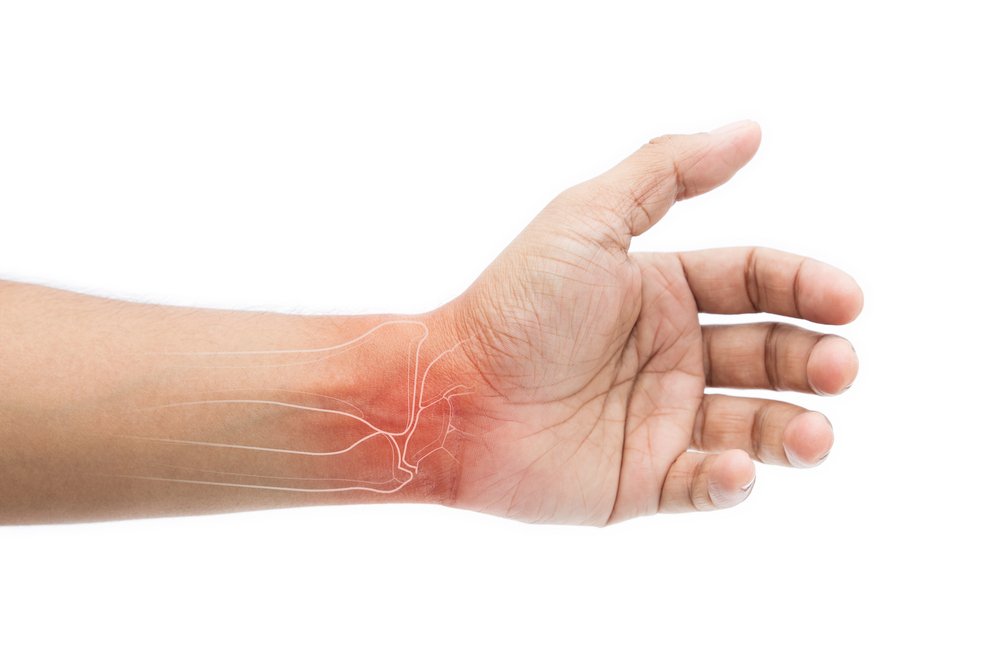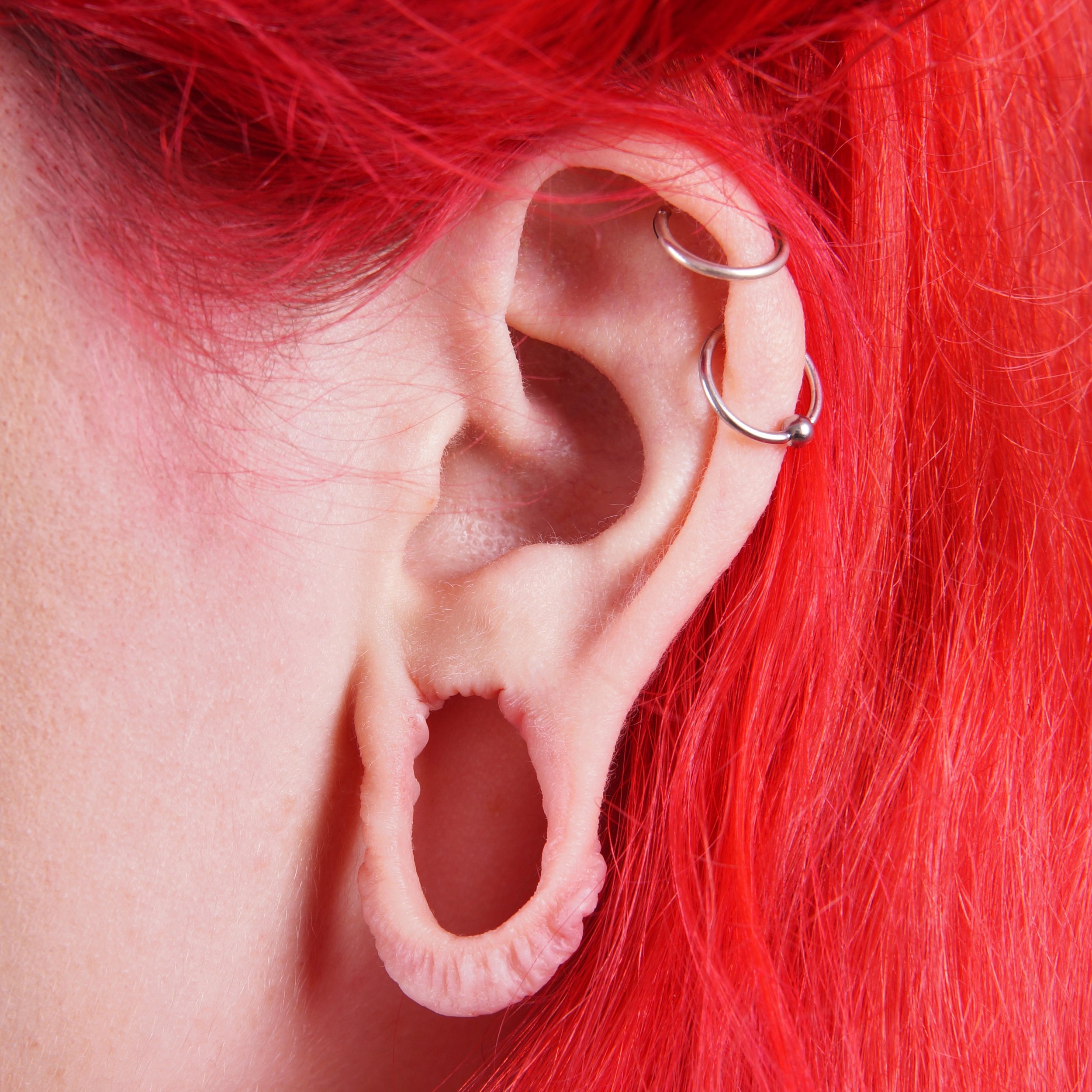
“Speak to your body in a loving way. It’s the only one you’ve got, it’s your home, and it deserves your respect.”
Minor Procedures
Our clinic provides an extensive array of specialized treatments designed to boost patient health and aesthetic appearance by targeting a variety of benign and medical skin conditions. We welcome the opportunity to assist individuals in not just improving their health but also in elevating their self-confidence through committed and tailored services.
Other than skin cancer removal, only select minor procedures, dependant on the type of procedure and circumstance, are covered under OHIP.
Benign Lesion Removal
Each type of lesion presents unique considerations, and their removal processes are carefully tailored to ensure optimal outcomes. These procedures are expertly performed with precision to minimize scarring and maximize aesthetic results.
We currently offer removal of the following skin lesions:
Seborrheic Keratosis
Dermatofibromas
Lipoma
Moles
Pyogenic granuloma
Cysts
Skin tags
Skin Cancer Removal
The clinic specializes in the meticulous removal of skin cancers, employing state-of-the-art techniques to ensure the best possible outcomes for patients. Recognizing the critical nature of addressing skin cancer promptly and effectively, the clinic offers personalized treatment plans that prioritize patient health and recovery. These critical procedures are covered under OHIP, though a referral is necessary to initiate treatment.
We currently offer removal of the following skin cancers:
Basal Cell Carcinoma
Squamous Cell Carcinoma
Melanoma
Carpal Tunnel Release
Carpal Tunnel Release is a surgical procedure designed to alleviate symptoms of carpal tunnel syndrome, a condition caused by pressure on the median nerve in the wrist, leading to numbness, tingling, and weakness in the hand. This surgery involves cutting the band of tissue around the wrist to reduce pressure on the median nerve, offering significant relief and improved hand function to those affected. This minimally invasive technique is highly effective, with most patients experiencing a speedy recovery and a significant reduction in symptoms.
Trigger Finger Release
Trigger Finger Release is a surgical treatment aimed at addressing the condition known as stenosing tenosynovitis, where a finger becomes stuck in a bent position and then straightens with a snap, akin to a trigger being pulled and released. The condition is caused by the narrowing of the sheath that surrounds the tendon in the affected finger. During the procedure, the surgeon makes a small incision in the palm and cuts the affected section of the tendon sheath to allow smoother movement of the tendon, relieving the catching sensation and restoring normal finger motion. This straightforward procedure typically results in immediate relief and quick recovery, with patients regaining full function of their finger shortly after the surgery.
Split Earlobe Repair
Split earlobe repair is a simple yet delicate surgical procedure aimed at correcting earlobes that have been torn, stretched, or split, often due to long-term wear of heavy earrings or as a result of trauma. This outpatient procedure is typically performed under local anesthesia, where the surgeon carefully removes the skin lining the split before meticulously suturing the fresh edges together to foster natural healing and restoration of the earlobe's shape. The repair not only improves the aesthetic appearance of the ear but also allows for the future wearing of earrings after adequate healing has occurred. With a relatively brief recovery period and high patient satisfaction, split earlobe repair is considered an effective solution for those seeking to reclaim the integrity and appearance of their earlobes.
Nipple Reconstruction
Nipple reconstruction is a highly personalized and significant cosmetic procedure aimed at restoring the natural appearance of the breast following mastectomy due to breast cancer or other conditions. Employing various techniques, including skin grafts, local flaps of skin, or even tattooing to simulate the color and texture of the nipple and areola, this procedure seeks to enhance the breast's aesthetic and contribute to the individual's emotional and psychological healing.







